Imagine stepping into a land where ancient civilizations once thrived, where the echoes of history whisper through towering rock formations, and where the vibrant culture of today intertwines with the legacies of the past. This is Saudi Arabia, a country often associated with modernity, but one that also possesses a wealth of historical treasures waiting to be explored.
Have you ever considered that beyond the gleaming skyscrapers and contemporary cities, Saudi Arabia holds a captivating history? The country is a treasure trove of archaeological sites, ancient cities, and cultural landmarks that offer a glimpse into its rich heritage.
Today, we invite you on a journey through time as we delve into some of the most significant historical sites in Saudi Arabia, uncovering the stories they hold and the significance they carry.
Diriyah: The Cradle of Saudi Arabia
Our journey begins in Diriyah, a city steeped in history and often referred to as the birthplace of the first Saudi state. Located just outside of modern-day Riyadh, Diriyah was once a bustling hub of trade and culture, serving as the capital of the Emirate of Diriyah from 1744 to 1818. It’s not just a historical site; it’s a symbol of the nation’s roots and resilience.
The heart of Diriyah is the historic district of Al-Turaif, now a UNESCO World Heritage Site. As you walk through the narrow, winding alleyways of Al-Turaif, you’ll be transported back in time. The mud-brick structures, with their intricate designs and fortified walls, stand as silent witnesses to a bygone era. These buildings, once bustling with life, now whisper tales of a rich cultural heritage.
The Significance of Diriyah
Diriyah holds immense significance as the place where the seeds of the modern Saudi Arabian state were sown. It was here, in the mid-18th century, that Sheikh Muhammad ibn Saud and religious reformer Muhammad ibn Abd al-Wahhab forged a pivotal alliance. This alliance laid the foundation for the first Saudi state, which unified disparate tribes under a common banner of political and religious unity.
Exploring Diriyah today provides a unique opportunity to witness the physical remnants of this historical period. The carefully restored palaces, mosques, and residential areas offer an immersive glimpse into the daily lives of the people who once lived here. The intricate details of the architecture and the layout of the city provide a tangible connection to the past.

Don’t Miss:
- The Salwa Palace: The impressive residence of the rulers of Diriyah, showcasing the distinctive Najdi architectural style.
- The Imam Muhammad bin Saud Mosque: A historical mosque that played a central role in the religious life of the community.
- The Diriyah Museum: Offering a comprehensive look into the history and culture of Diriyah and the first Saudi state.
- Bujairi Terrace: A popular dining and entertainment area offering stunning views of Al-Turaif.
- Wadi Hanifa: A serene valley on the outskirts of Diriyah, perfect for a stroll and connecting with nature.
Al-Ula: A Tapestry of Ancient Civilizations
Our journey now takes us to Al-Ula, a captivating region in northwestern Saudi Arabia that is home to some of the most remarkable archaeological sites in the country. This area is a testament to the diversity of civilizations that have inhabited this land over millennia.
Al-Ula is often described as an open-air museum. As you traverse the landscape, you’ll encounter evidence of various cultures, from the ancient Nabataeans to the later Dadanites, each leaving their unique imprint on the region. The sheer scale and historical depth of Al-Ula are truly awe-inspiring.
Hegra: A Nabataean Marvel
One of the most famous sites in Al-Ula is Hegra, also known as Mada’in Salih, a UNESCO World Heritage Site. Hegra was the second largest city of the Nabataean Kingdom, the same civilization that built the famous city of Petra in Jordan. The city contains remarkably well-preserved monumental tombs carved into towering sandstone outcrops. These tombs, with their elaborate facades and inscriptions, stand as a testament to the artistic and architectural prowess of the Nabataeans.
Walking amongst the tombs of Hegra is a truly surreal experience. The intricate carvings, some bearing Greek and Roman influences, offer a fascinating glimpse into the cultural exchange that occurred in this ancient crossroads. The sheer scale of the site and the effort involved in carving these structures into solid rock is astounding.
Dadan: The Lost Kingdom
Another remarkable site in Al-Ula is Dadan, the capital of the ancient Dadanite Kingdom. Dating back to the first millennium BCE, Dadan was a major center of trade and power in the region. The remnants of Dadan reveal a sophisticated urban civilization with advanced irrigation systems and a rich cultural life.
The Lion Tombs of Dadan are among the most captivating features of the site. These rock-cut tombs, adorned with lion carvings, provide further evidence of the rich cultural tapestry of the region. The inscriptions found at the site shed light on the political and religious beliefs of the Dadanites.
Don’t Miss:
- Hegra (Mada’in Salih): Explore the iconic Nabataean tombs, and imagine the lives of those who once inhabited the city.
- Dadan: Discover the remnants of the Dadanite kingdom, including the Lion Tombs and other archaeological marvels.
- Jabal Ikmah: Witness ancient inscriptions and petroglyphs carved into the rocks, telling stories of the past.
- Elephant Rock: Marvel at the unique natural rock formation, a testament to the forces of nature.
- Al-Ula Old Town: Stroll through the remnants of this ancient town, experiencing the charm and history of the past.
- Maraya: An impressive mirrored concert hall.

The Significance of These Sites
Diriyah and Al-Ula aren’t just historical attractions; they are essential pieces in understanding Saudi Arabia’s cultural heritage. They reflect the diverse influences that have shaped the country over millennia, from the ancient civilizations that inhabited the land to the founding of the modern nation.
Visiting these sites provides a unique opportunity to connect with the past, appreciate the artistry and ingenuity of earlier cultures, and gain a deeper understanding of Saudi Arabia’s place in the world. These sites highlight the country’s efforts to preserve its history while embracing modernity.
Why Should You Explore These Sites?
Exploring these historical sites in Saudi Arabia is more than just a sightseeing adventure; it’s a journey of discovery that will leave you feeling enriched and inspired.
- A Window into the Past: These sites offer a direct glimpse into the lives of the people who lived in Saudi Arabia centuries ago.
- Architectural Marvels: Witness the incredible architectural and engineering feats of ancient civilizations.
- Cultural Immersion: Immerse yourself in the rich history and cultural diversity of the region.
- Unique Experiences: Create unforgettable memories as you walk in the footsteps of history.
- Personal Growth: Gain a deeper appreciation for the complexities of human civilization and the importance of preserving cultural heritage.
- Connecting with a Rich History: See the evolution of the country firsthand from its ancient roots to its present glory.
Planning Your Visit
- Best Time to Visit: The winter months (October to April) are the most pleasant time to visit Saudi Arabia, with cooler temperatures and sunny skies.
- Transportation: Rent a car or arrange for private transportation to travel between cities and historical sites. There are options to fly from major hubs to Al-Ula.
- Accommodation: Choose from a variety of hotels, guesthouses, and resorts to suit your preferences.
- Guided Tours: Consider joining a guided tour to learn more about the history and significance of each site.
- Cultural Sensitivity: Be mindful of local customs and traditions when visiting historical sites. Dress modestly and respect local practices.
Your Saudi Arabian Historical Adventure Awaits
Saudi Arabia’s historical sites are calling, offering an experience that combines adventure, education, and cultural immersion. Whether you’re fascinated by ancient civilizations or interested in the roots of a modern nation, Saudi Arabia has something for everyone.
We encourage you to add Diriyah and Al-Ula to your travel bucket list and experience the magic of these historical treasures firsthand. Step back in time, explore the remnants of ancient cultures, and uncover the stories that have shaped this fascinating country.
We’d love to hear from you!
Have you ever visited a historical site that left a lasting impact on you? What are your favorite ways to explore history and culture while traveling? Share your stories and thoughts in the comments below.
Also, don’t forget to follow us on our social media platforms for more travel inspiration and historical discoveries.
Catch up on the top stories and travel deals by subscribing to our newsletter!

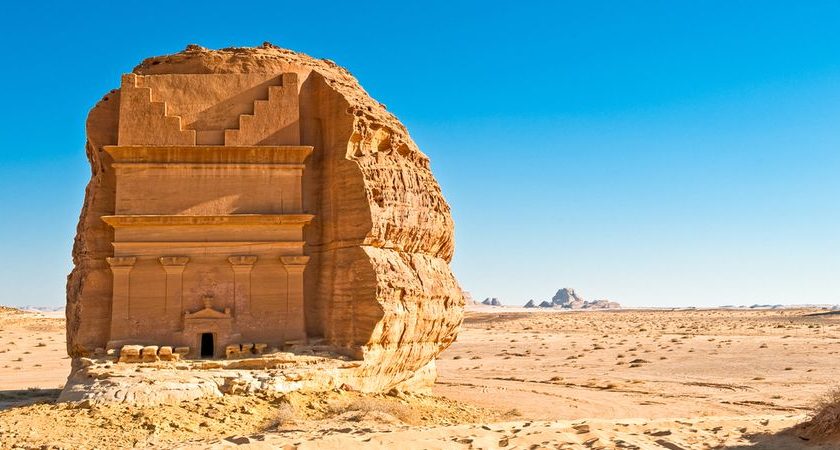




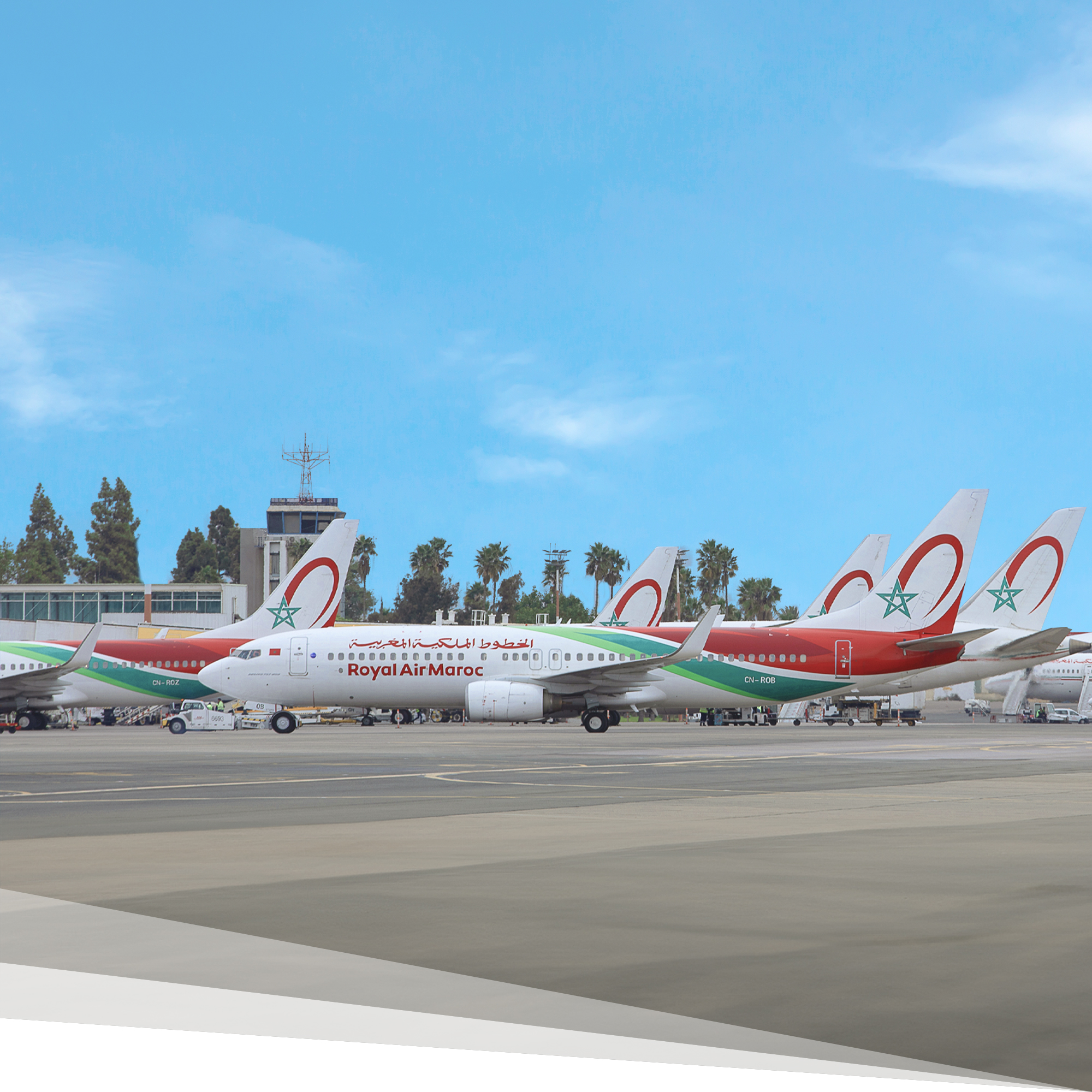
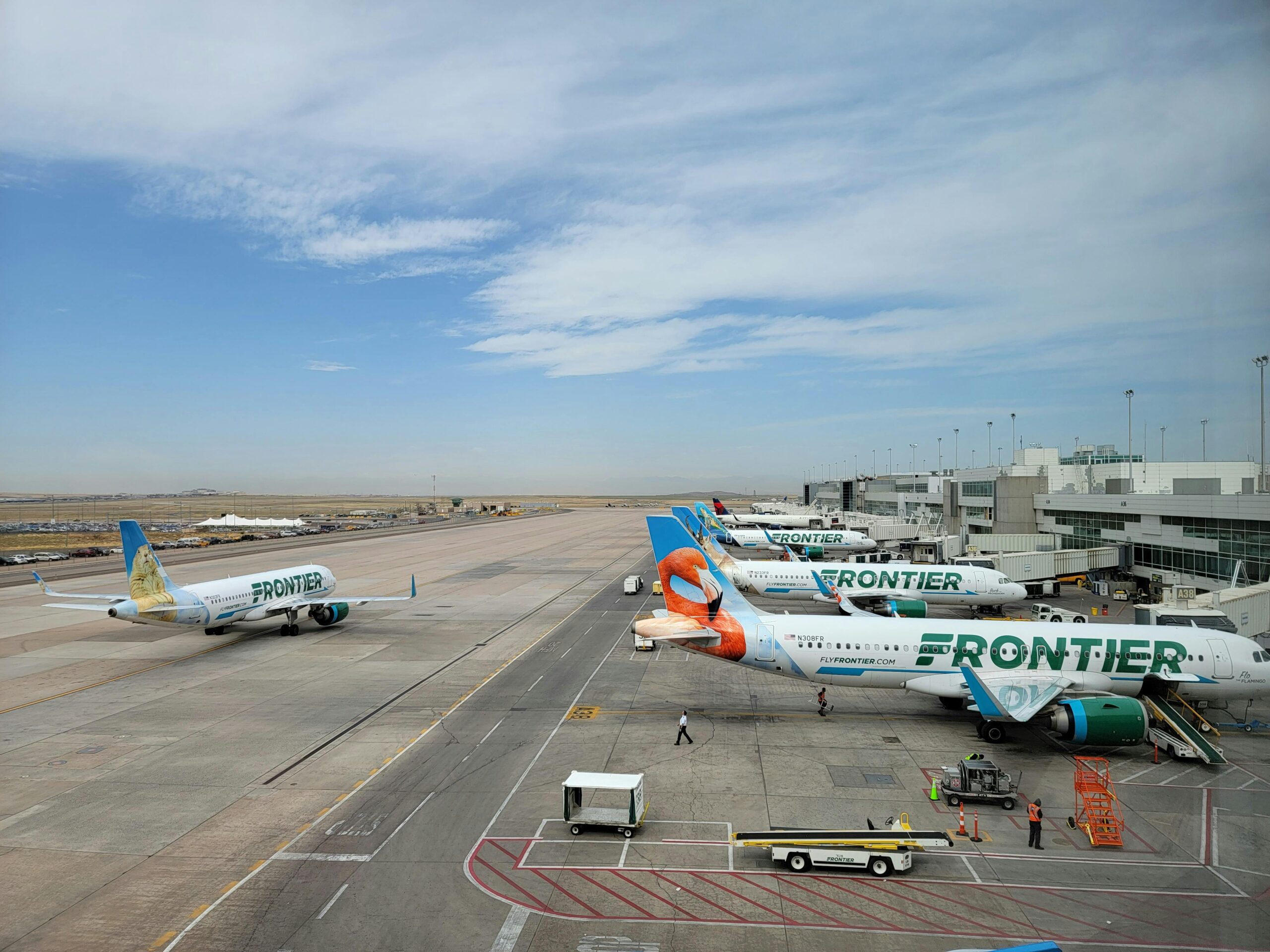

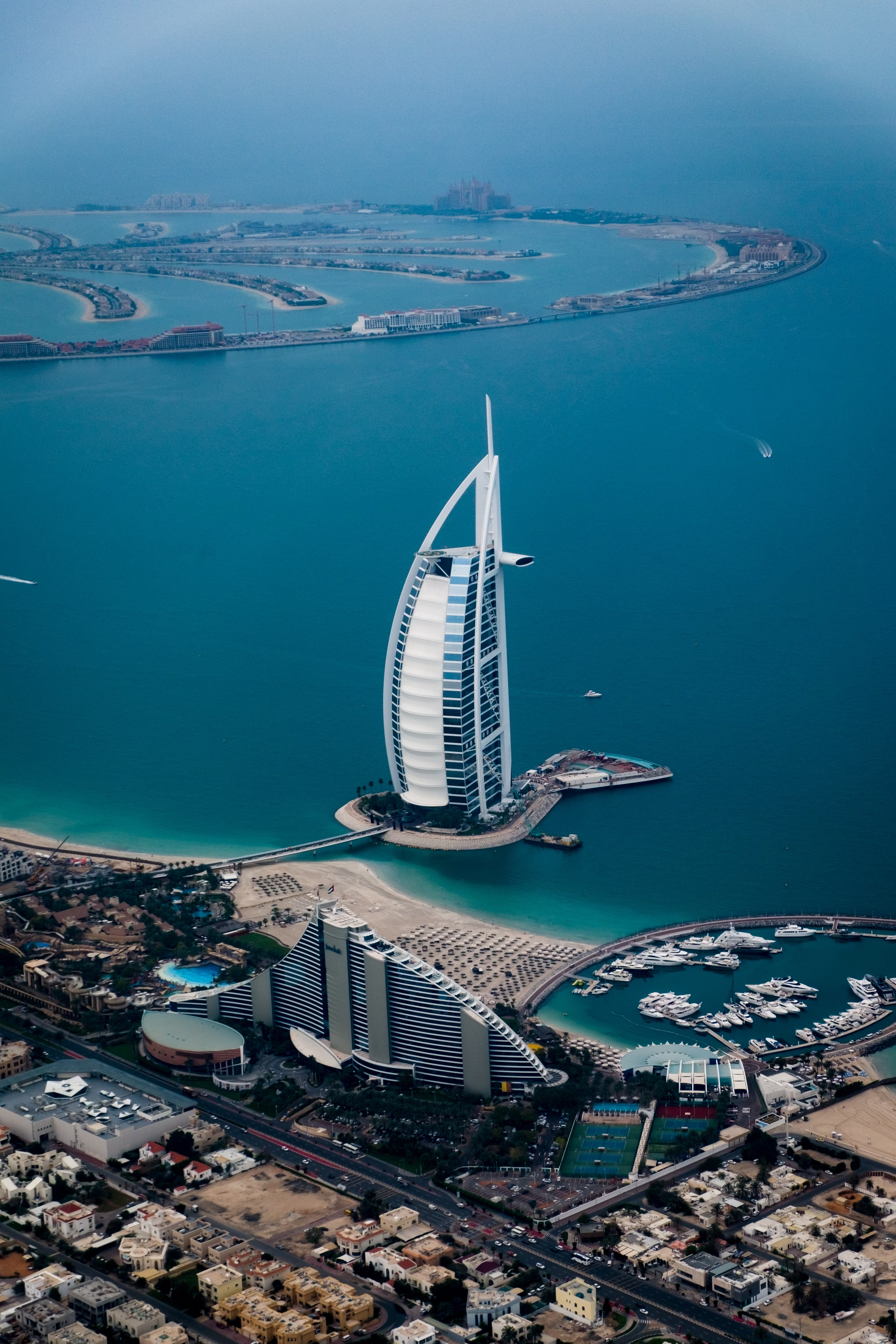
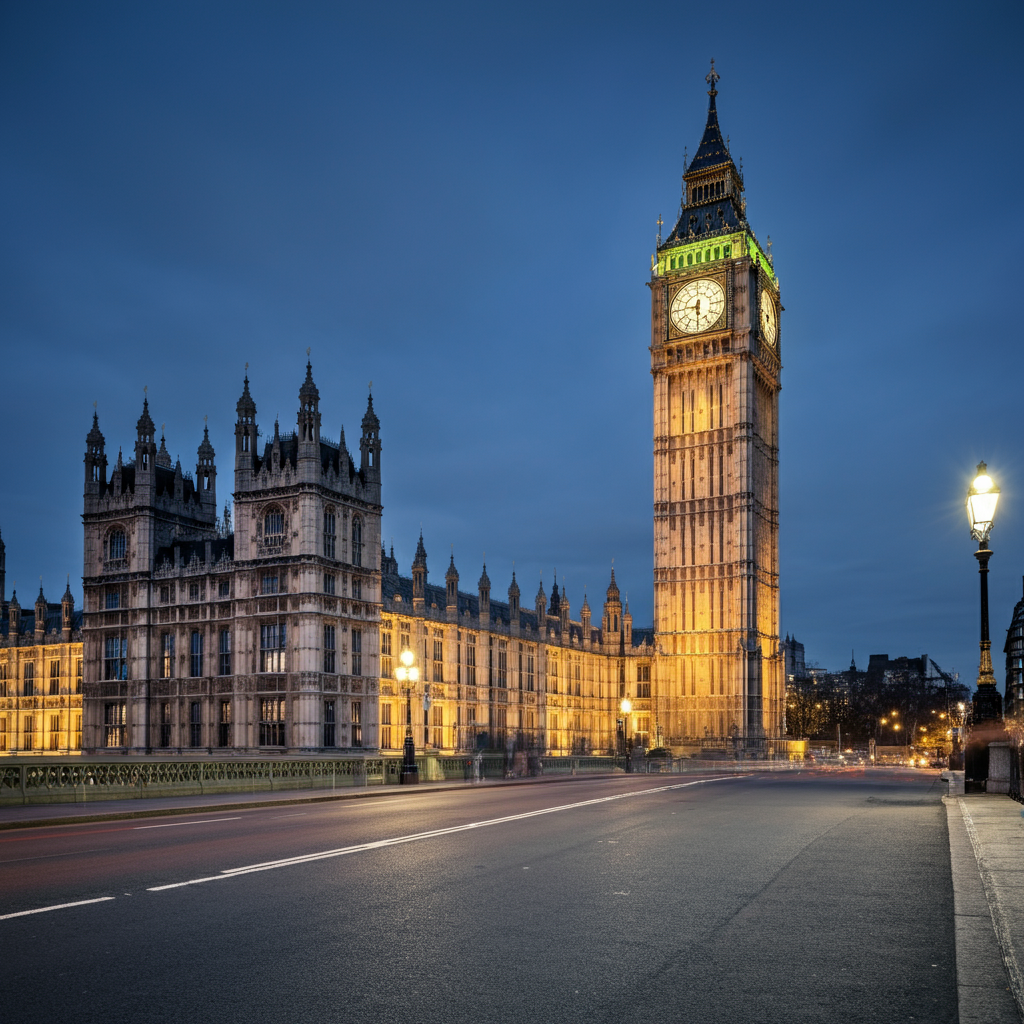
Leave a Reply